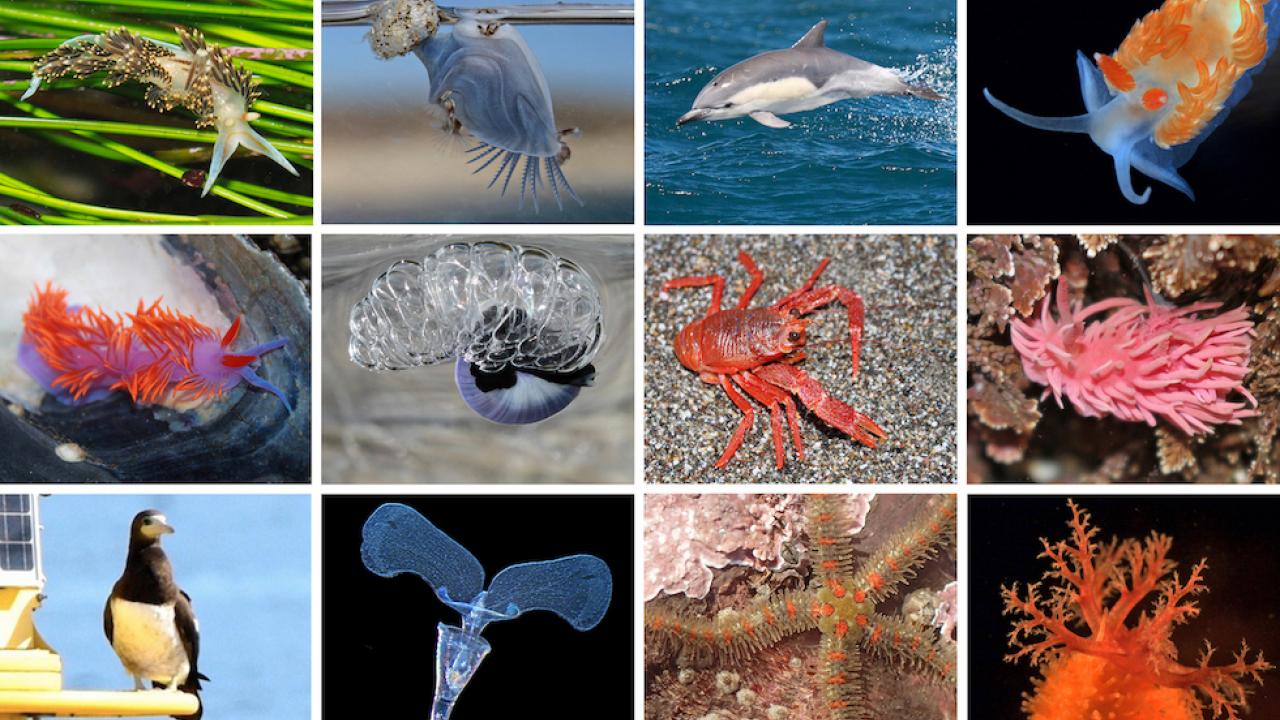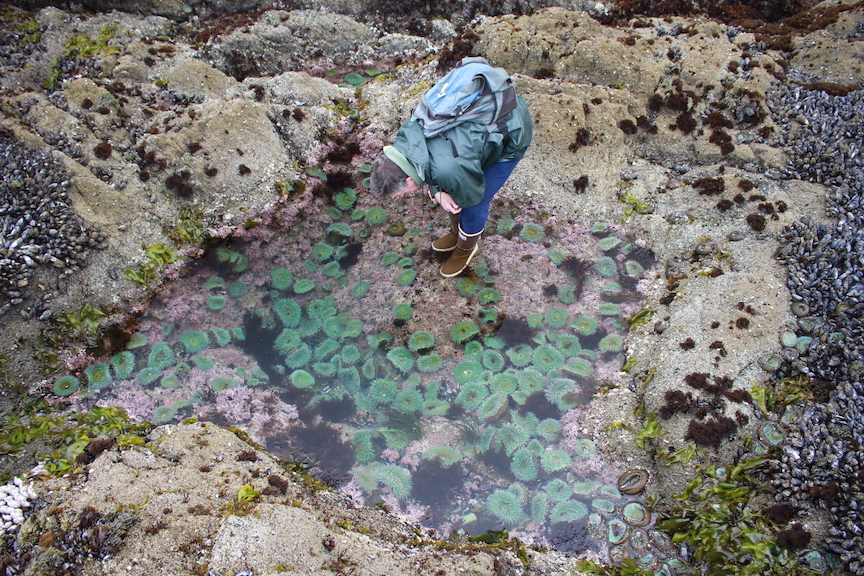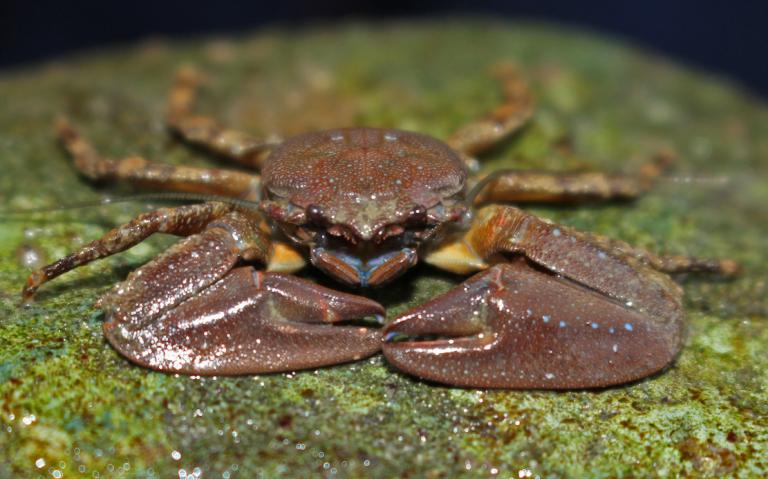
Unprecedented Number of Warm-Water Species Moved Northward During Marine Heatwave
Quick Summary
- A new study documents an unprecedented number of southern marine species moving northward into California and as far north as Oregon
- According to UC Davis researchers, southern species were absent or rare from Bodega Bay in the 1970s but are now fairly common in the area
- The authors view such geographical shifts as an indication of how these communities may continue to respond to warming oceans
During the marine heatwave of 2014-16, scientists from the University of California, Davis, noticed creatures typically seen only in places like Baja California, Mexico, showing up outside the UC Davis Bodega Marine Laboratory. These included warm-water species of jellyfish, crabs, nudibranchs, fish and even dolphins and sea turtles.
Their study, published today in the journal Scientific Reports, documents an unprecedented number of southern marine species moving northward into California and as far north as Oregon. Of 67 rare, warm-water species sightings observed by the authors and citizen scientists, 37 had never been documented so far north before.
Among the 37 with new northern range limits are tropical creatures like the striated sea butterfly, which had not been found north of Baja. This is the first record of them in the state of California. Another unexpected visitor was the pelagic red crab, normally restricted to the waters off central and southern Baja. But during 2014-16, when water temperatures were 3.5 to 7 degrees Fahrenheit warmer than usual, the crabs were seen as far north as Newport, Oregon. And the molt of a spiny lobster — an important fishery species in Baja — turned up in Bodega Bay.
“Against the backdrop of climate change, we hope southern species will track northward because that’s necessary for their persistence and survival,” said lead author Eric Sanford, a UC Davis professor of ecology and evolution. “It’s perhaps a glimpse of what Northern California’s coast might look like in the future as ocean temperatures continue to warm.”
Warm water blob
As “The Blob” of warm water moved from the Gulf of Alaska south along the Pacific coast, a major El Niño event worked its way from the equator north to California. Together, these events created unusually warm water conditions and one of the longest marine heatwaves on record.
Marine heatwaves temporarily open a door between lower latitudes and the northern coast. The longer that door is open, the greater the number of southern species that can step through it. The 2014-16 event was so long and warm, it allowed southern species to enter California and move northward. Current reversals, where water flowed northward from Monterey Bay, also aided the species on their journeys. This combination led to the record-breaking number of species moving northward, the study said.

New settlers
Most of the visitors were ephemeral. The brightly colored nudibranchs, for instance, disappeared almost as soon as the water cooled. But some seem to have established a foothold in Northern California. These include the sunburst anemone, chocolate porcelain crab, a brittle star and some barnacle species.
Sanford said these southern species were absent or rare from Bodega Bay in the 1970s but are now fairly common in the area.

Barometer of change
The marine ecologists and oceanographers who authored the study view such geographical shifts as an indication of how these communities may continue to respond to warming oceans, as more marine heatwaves are expected in the future.
“Before our very eyes, we’re seeing the species composition shift to more warm-water southern animals in just the 14 years I have been at the Bodega Marine Laboratory,” said Sanford. “That’s a barometer of change for these ecosystems.”
The study’s co-authors include Jacqueline Sones and John Largier from UC Davis, Marisol Garcia-Reyes from Farallon Institute, and Jeffrey H.R. Goddard from UC Santa Barbara.
Radar data for the study were funded in part by NOAA’s United States Integrated Ocean Observing System.
Media Resources
- This story first appeared on UC Davis News
- Eric Sanford, Bodega Marine Laboratory, 707-875-2040, edsanford@ucdavis.edu
- Kat Kerlin, News and Media Relations, 530-752-7704, kekerlin@ucdavis.edu
